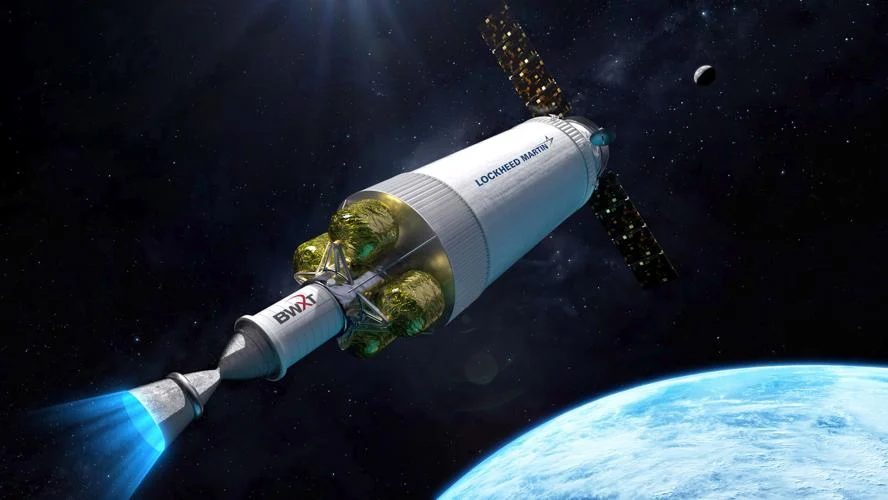The Defense Advanced Research Projects Agency (DARPA) has awarded a significant contract worth $500 million to Lockheed Martin, a prominent US defense contractor, to lead the development of an innovative nuclear-powered spacecraft. Known as Demonstration Rocket for Agile Cislunar Operations (DRACO), this ambitious project aims to revolutionize space exploration through the use of nuclear thermal propulsion (NTP) engines.
The primary objective of DRACO is to advance propulsion technology by moving away from traditional chemical propulsion engines to nuclear thermal propulsion systems. Lockheed Martin emphasizes that NTP engines offer superior power and efficiency, enabling faster transit times between destinations in space. This feature is particularly critical for future human missions to Mars, as it will substantially reduce the crew’s exposure to harmful radiation during the lengthy journey.
Kirk Shireman, the vice president of Lunar Exploration Campaigns at Lockheed Martin Space, underscores the significance of faster transit times, stating that “Reducing transit time is vital for human missions to Mars to limit a crew’s exposure to radiation.”
The project’s timeline is ambitious, with the in-space flight demonstration of the nuclear thermal rocket engine vehicle set to take place no later than 2027. The contract involves a collaboration between DARPA and NASA, with Lockheed Martin leading the design and development of the nuclear-propelled engine and an experimental spacecraft called X-NTRV. NASA’s primary focus is on funding the engine development, while DARPA will manage the nuclear regulatory requirements and environmental protocols for the launch. The US Space Force will provide the launch vehicle and pad for the X-NTRV vehicle.
The concept of nuclear thermal propulsion has long been considered as a means of shortening crewed missions to Mars. These engines offer higher thrust efficiency and less complexity than traditional chemically powered rocket engines.
Safety is of utmost importance, and strict measures are in place to ensure it. The nuclear reactor will not be activated until the spacecraft reaches a nuclear safe orbit, and the spacecraft’s orbit will adhere to international nuclear safety standards.
The successful demonstration of this nuclear-powered spacecraft technology could revolutionize space exploration, opening doors for faster and more efficient space travel to distant celestial bodies like Mars. The DRACO project represents a significant step towards unlocking new frontiers in space exploration.




